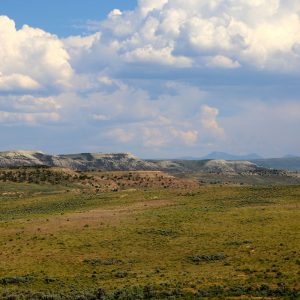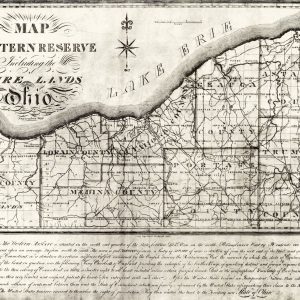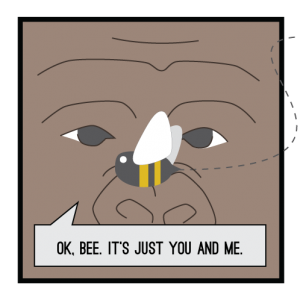We all know that bees are important pollinators for a lot of the food sources that we take for granted. While this has driven more people to join the ranks of beekeepers, some of us want to help but are not in a position to keep bees. Here are five gifts for “friends of the bees.” A Pollinator Garden In today’s…

Understanding Maps
The time has come for a over of our mapping services to clear the way for further development of handy tools for our users. As such, this month we have rolled out a new map format to better allow our users to quickly peruse beekeeping leases by disposition. In order to keep the maps as clutter free as possibly, we…

Understanding Permit Ownership For Beekeeping
We receive lots of emails from people who find their name or a relative’s name on our site and want to know if this means they have some right to the land listed under that name. The short answer is, “if you have to ask, then probably not” but the complete answer deserves the time and attention that is best…

Understanding BLM Administrative Areas
We have added a new way to browse and explore claims: by Bureau of Land Management (BLM) Administrative Area. To give context to this new feature, we wrote this handy explanation. Summary Nearly a quarter of a billion acres – about one-eighth of the landmass of the USA – is administered by the BLM. These public lands & resources contributed…

Growing A Pollinator Garden
Spring is around the bend. It is time to think about what plants you are going to nurture in your yard for the year. While big lawns may be classic, might we suggest a pollinator garden? Pollinator gardens are designed to provide pollen to local animals and insects that rely on this resource such as bees but also hummingbirds, butterflies, and bats,…

Understanding Townships
This entry focuses on a part of our earlier discussion, Understanding Location Data. For greater context on what we will be addressing, please read that post first. One of the more confusing aspects of the Public Land Survey System (PLSS) is the concept of “townships.” A “township” can refer to two different things. Both are part of the PLSS measurement system but have…

The Buzz in California
It is late January and beehives are already being set up in the orchards of Central California. In what may seem unfathomable to those on the East Coast of the United States—poised to be battered by record breaking blizzards—California’s Central Valley is speckled with beehives. This is in spite of what looks to be another year of relative drought for…

Understanding Location Data
Claims handled by the Bureau of Land Management are not mapped by latitude and longitude, as many maps now use. Instead, many of these claims harken back to an older form of surveying called the Public Land Survey System (PLSS), a measurement system that may seem confusing to the uninitiated, but was a great step forward in the time that it…

Pick On Someone Your Own Size
The first lesson everyone learns when dealing with the bees is that it does not pay to get in a fight. While a lone bee can often be “shooed” away, a colony is a formidable opponent. Size does matter, but sometimes that measurement isn’t made in inches, but in community.

Not The “Ape” You Were Thinking Of
We made a comic strip It seems that most people we know, upon encountering the terms “apiary,” “apiarist,” or “apis” are fist surprised and amused that these terms refer to bees rather than our closer cousins: the apes. We were quite amused, too. As we were building The Apiaries brand, images of a confused ape kept coming up. Job interviews, hair…

